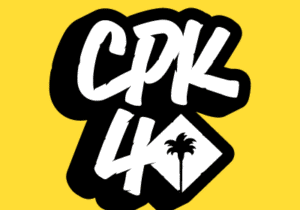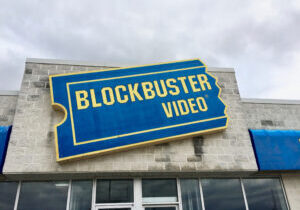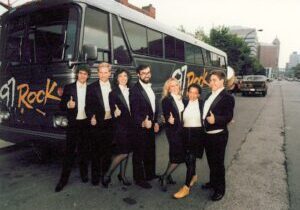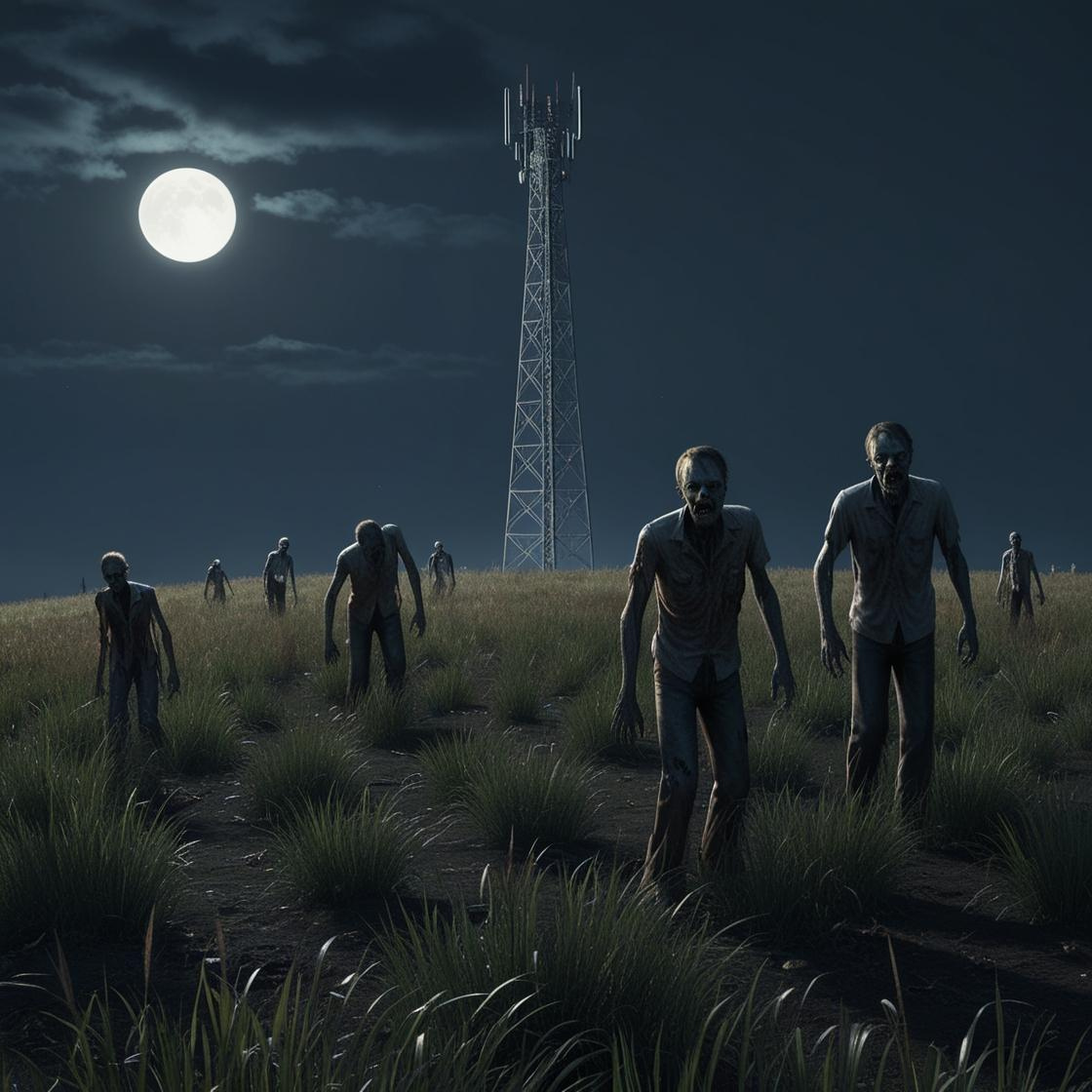
Today’s #Throwback Thursday post, a trip back to 2016 and a tip of the witch’s hat to Halloween. celebrated by millions of kids tonight, and many “older kids” this weekend. As we near the end of this long political season, one thing’s for certain: a number of those running for office will end up in the campaign graveyard.
Speaking of zombies, they’re the theme of today’s post that I’ve brought back from the dead…er, the archives. I’ve made a few subtle modifications for relevance, but the theme is all about examining some of your station’s old, tired routines, traditions, and “isms.” Sadly, budget cuts and RIFs over the months and years may have already gotten the process going.
The imperative to keep it fresh and even a bit unpredictable is something many programmers aspire to, but it’s never easy – especially at stations that have been around for a long time. Today’s post contains some smart advice about where to begin the process.
Meantime, enjoy this year’s Halloween, check your candy supply, focus on the “treats” and not the “tricks,” and let me know about the most creative costumes of this season. -FJ
November 2016
As the year rapidly winds down, it’s the perfect time to honestly assess your radio station – its activities, projects, and initiatives. This is especially the case for brands that have been around for at least a decade – or decades.
Between tradition, sponsorships, and budget issues, it’s not at all unusual for stations to be engaged in activities and events that have perhaps worn out their welcome – or are in serious need of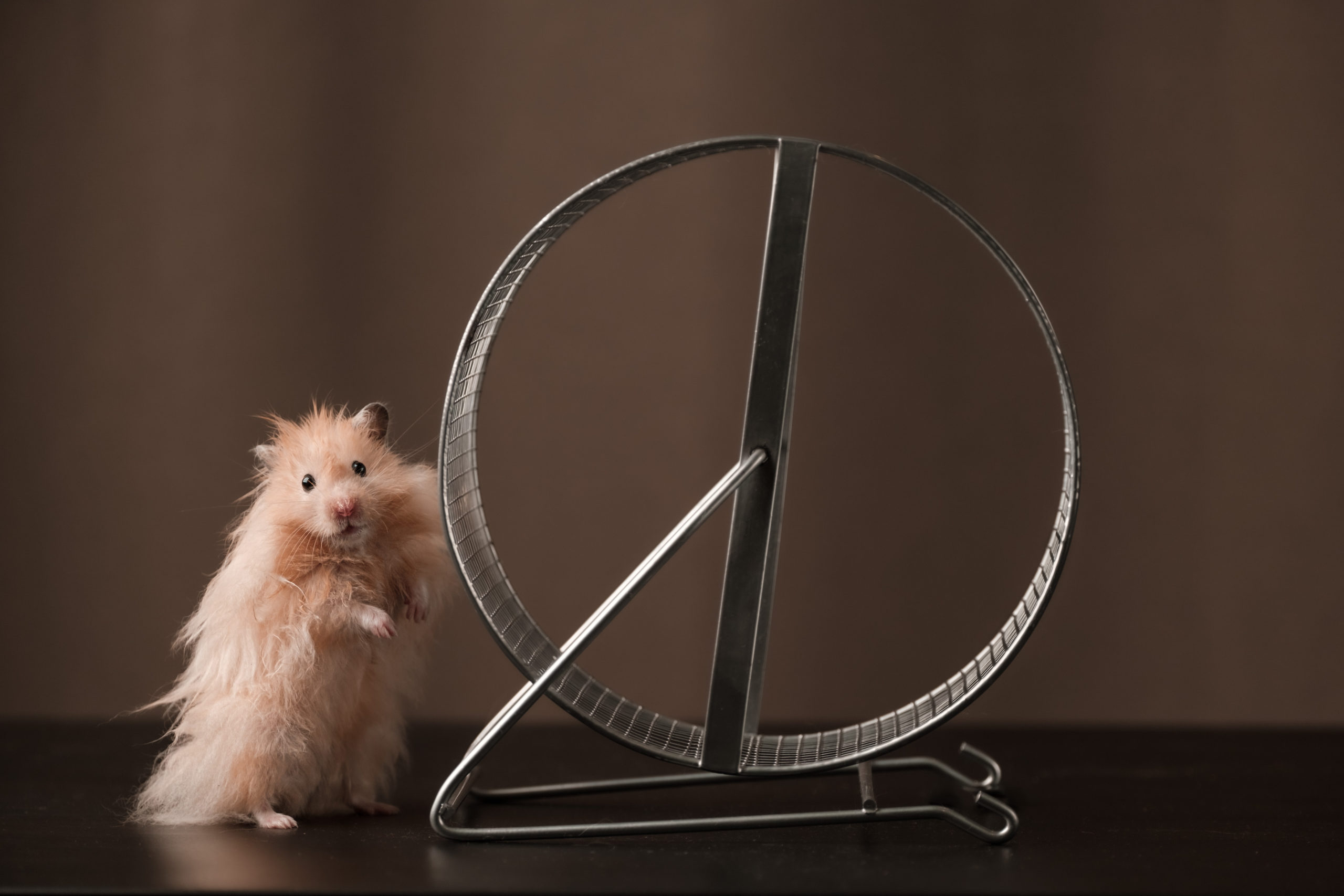 reinvention. The concept of assessing the station arsenal – events, features, sales promotions, and digital assets – and virtually every activity that’s part of the station brand is the topic of a new exercise you might want to consider before the end of the year.
reinvention. The concept of assessing the station arsenal – events, features, sales promotions, and digital assets – and virtually every activity that’s part of the station brand is the topic of a new exercise you might want to consider before the end of the year.
As a programmer, I recall many events – steeped in history and tradition – that my station did year in and year out, even though we questioned their impact, effectiveness, and value. Like movie sequels, the more you find yourself referring to events as “The 10th annual,” you may be dealing with tired concepts that need to be freshened – or perhaps even terminated.
If you’ve been around your station for a while, you may be asking yourself, “Why are we still doing this?” only to get caught up in the inertia that is so common to how radio stations often operate. When the radio station sounds like the gerbil wheel, it’s time to freshen or clean it up.
And if you’re new to a station, this exercise can be the perfect way to bring your core staff together to honestly assess the value of so-called “evergreens” that have unfortunately become zombie-like.
Conceived by former GoKart Labs’ partner Matthew Johnson, the idea is to “assess historical/current activities” that, in this case, are common to radio stations in multiple departments – programming, promotions, digital and sales.

Matthew’s premise is that these activities can be broken into three categories:
1. Zombies
These are ideas, events, and benchmarks that aren’t necessarily “dead or alive.” They simply roam around the radio station and no one can tell you w hy. Johnson stresses they either need to be slayed or brought back to life. In their “undead” stage, they can sap the energy and life out of stations.
hy. Johnson stresses they either need to be slayed or brought back to life. In their “undead” stage, they can sap the energy and life out of stations.
I see lots of “zombies” all over station websites – dated jock bios and photos for events that are dated, tired, or no longer relevant. There’s nothing that screams irrelevance more than a “zombie zoo” website.
With a little effort and intention, an assessment of your digital assets to clean out all that “half-dead” stuff might be a smart mission, especially over the holidays.
2. Dead bodies
These are the features, promotions, and events the station has tried, they’ve failed, and shouldn’t be brought back. And yet, how often are station teams guilty of repeating things that didn’t work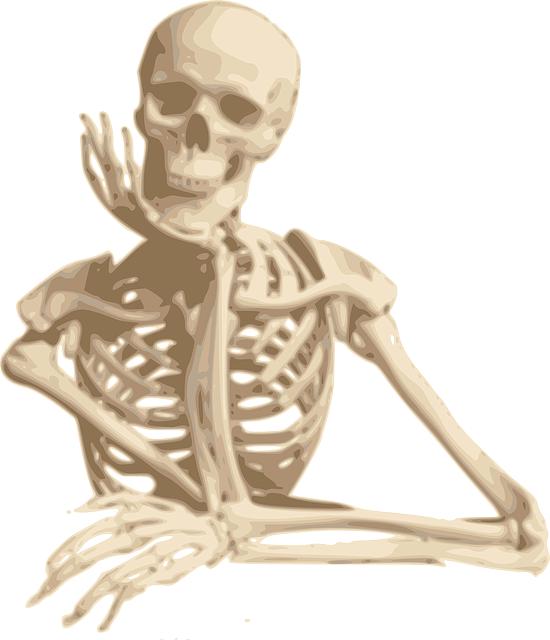 well the first time? Sometimes, these cadavers continue to take up space at the station because they have dollars attached to them. Yet, they’re still very dead.
well the first time? Sometimes, these cadavers continue to take up space at the station because they have dollars attached to them. Yet, they’re still very dead.
No one can afford to walk away from revenue in radio – especially now – but perhaps these barely breathing activities can be replaced by content that matters and that listeners care about.
Our work with many station databases indicate there is no shortage of “dead bodies” (in some cases, literally) on email lists. Cleaning out those databases may initially bring your numbers down, but make for a more workable, effective database.
3. Heroes
And here Johnson underlines unexpected heroes – initiatives that perhaps surprised the team because they’ve actually exceeded everyone’s expectations. The key is to determine what worked well about these features, events, and promotions and how can those characteristics and elements be applied to new initiatives?
Back in 2016, here’s how Matthew presented this exercise:

If phrases like “because we’ve always done it” or “it’s part of our tradition” are frequently heard in your hallways. sales pit, or conference room, they are symptoms there may be “zombies” lurking around the halls, rafters, nooks and crannies inside your station. This strategic “housecleaning” activity helps you take a deeper look down the sales cubicles, into the prize closet, and inside the production studio to truly freshen your station as you head into the new year.
The last thing a radio station needs is digital content, events, and initiatives that fall under the heading of “the walking dead.” Not getting hung up on the “zombies,” in your operation, and instead, focusing on those “heroes” is the first step in planning a successful new year.
And if Matthew Johnson doesn’t mind, here’s an addition to the exercise:
4. Resurrections
Many years ago, Steve Goldstein introduced me to the phrase, “It was working so well, we stopped doing it.” How many truly effective promotions, contests, and events turned out to be one-offs or perhaps were halted during the pandemic – and not brought back?
one-offs or perhaps were halted during the pandemic – and not brought back?
The setting where you often hear about this is in focus groups composed of listeners. If there’s something old but still viable lurking around the station, this is where you’re likely to find out about it. And when these throwbacks are mentioned in multiple groups – without prompting – you may have unearthed something worth bringing back from the dead?
Are there great ideas waiting to be resurrected, that could be brought back to life over the holidays or in the new year? Are there “evergreens” that could be updated with a little digital “magic dust,” that could freshen up the station in the new year?
Sometimes bringing something brilliant, fun, and engaging from the dead can be the best way to celebrate “All Hallows’ Eve.”
So, try it out. Make four columns on a legal pad: zombies, dead bodies, heroes, and resurrections – and then start placing all the particulars at your station under the appropriate heading. You just might scare yourself.
Enjoy Halloween 2024! – FJ
Originally published by Jacobs Media
